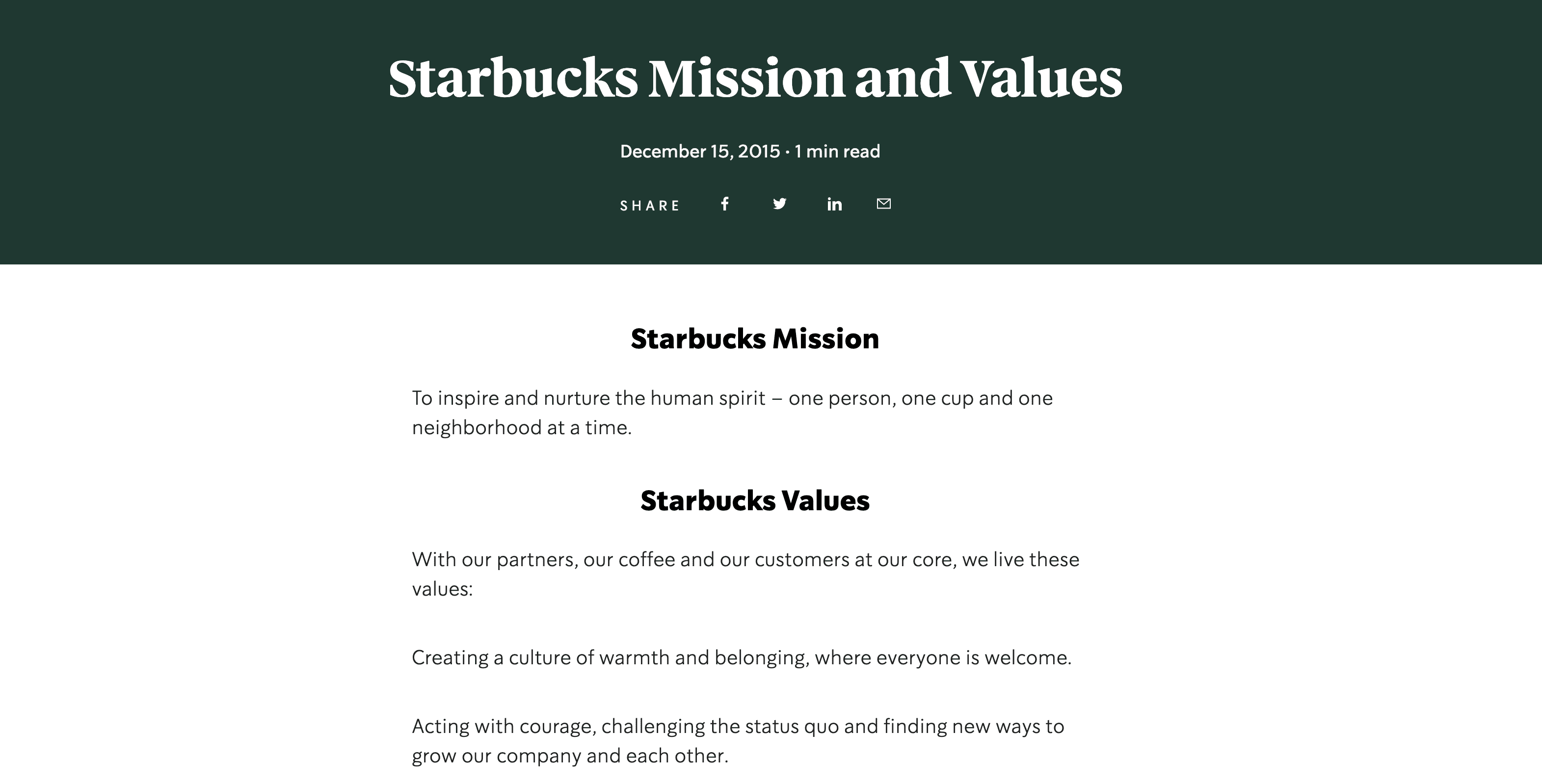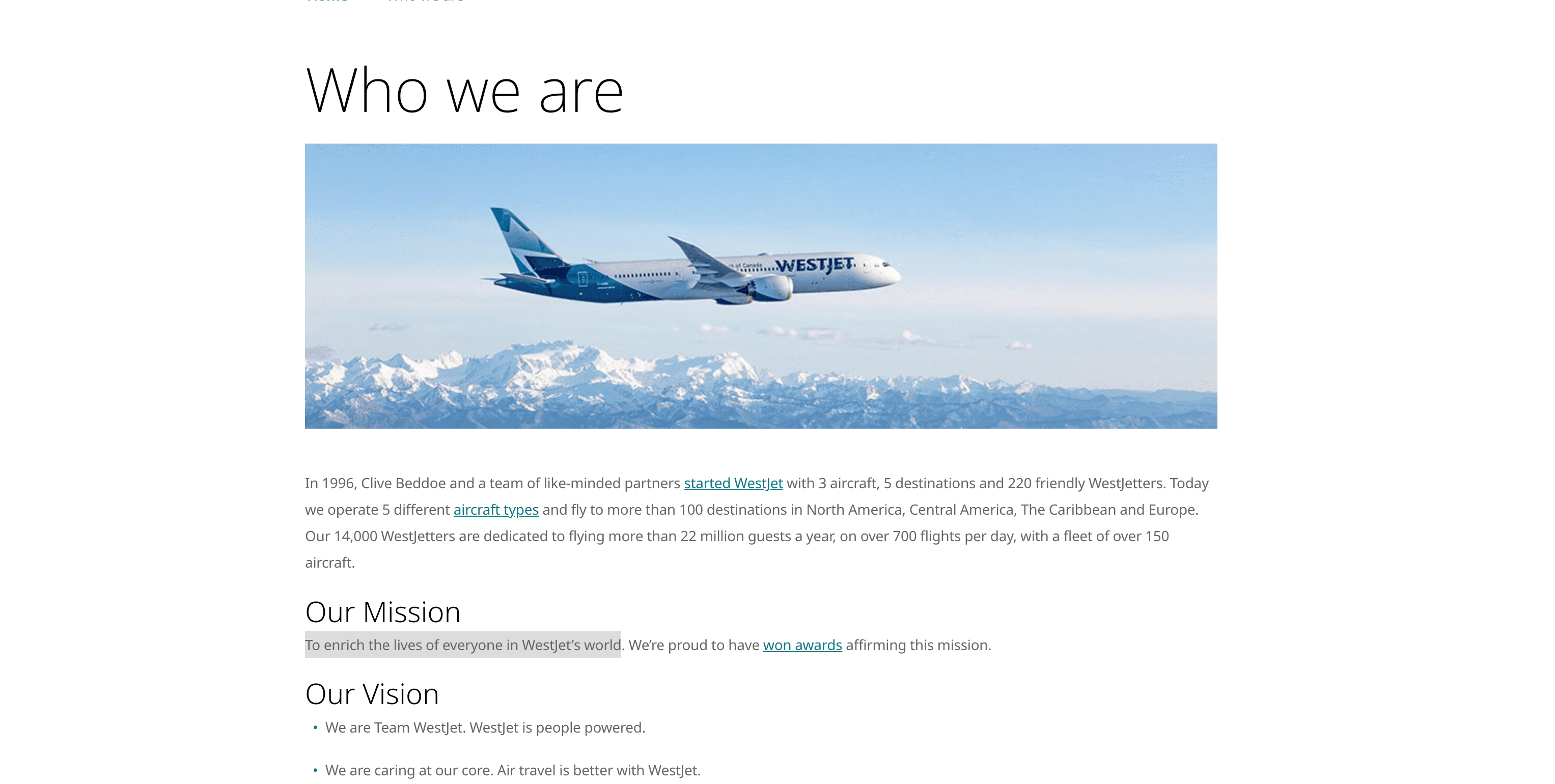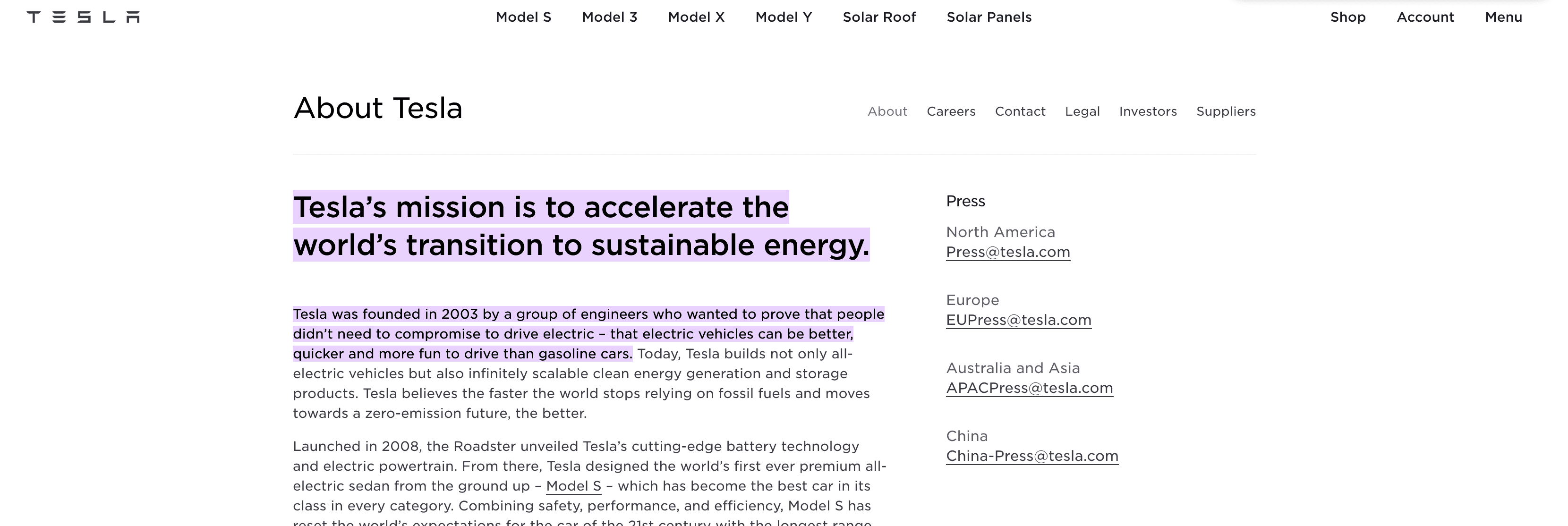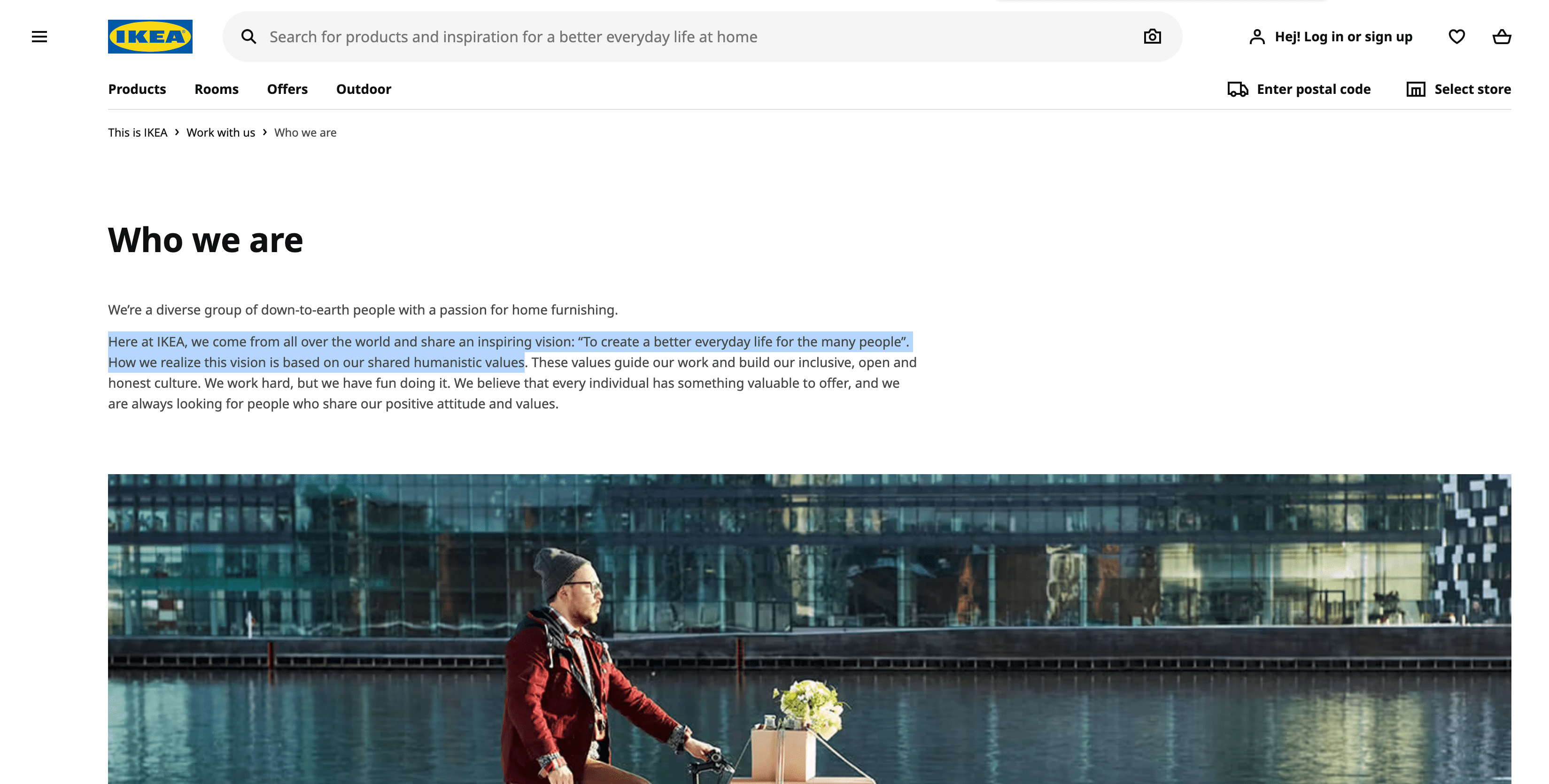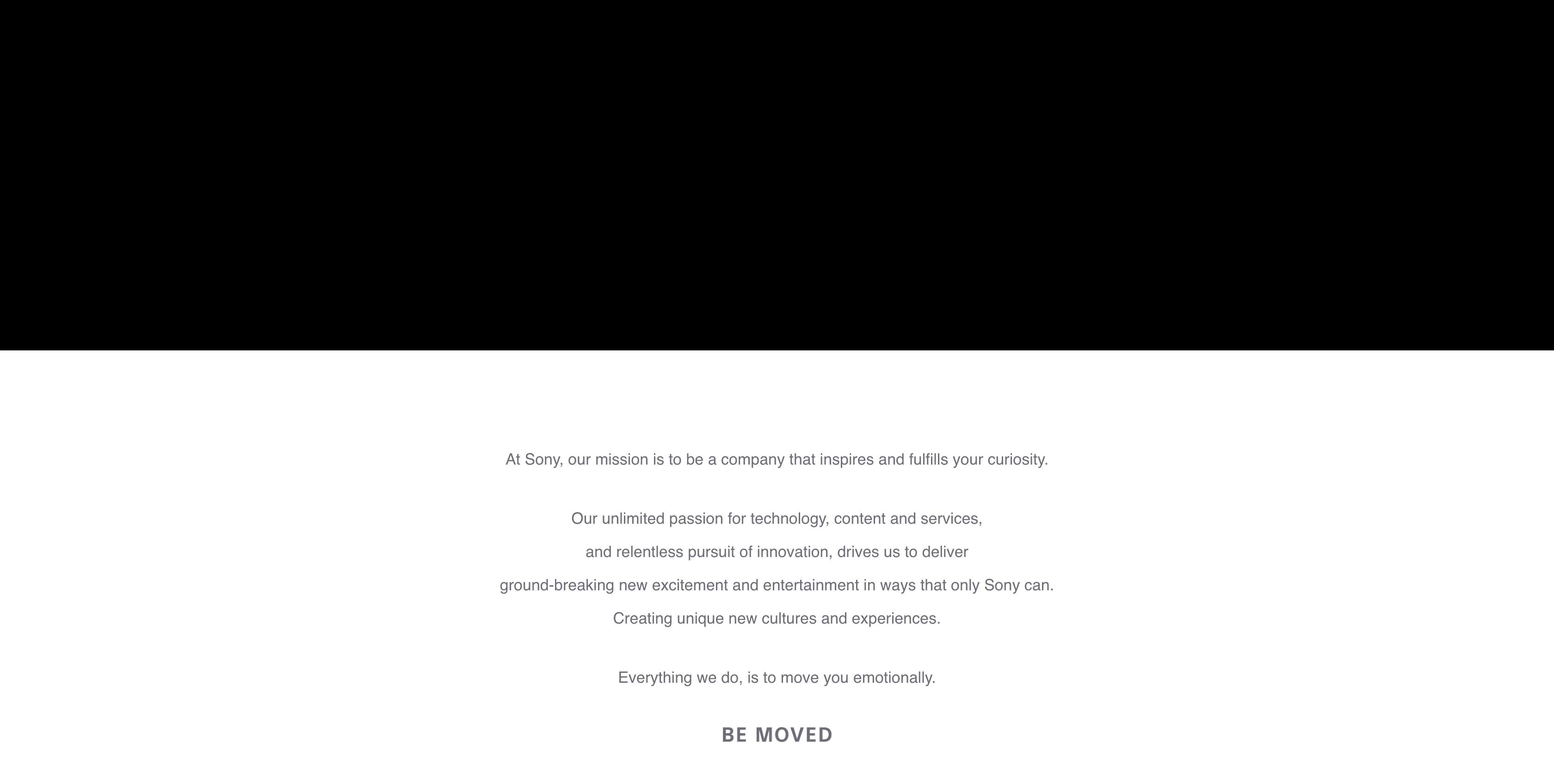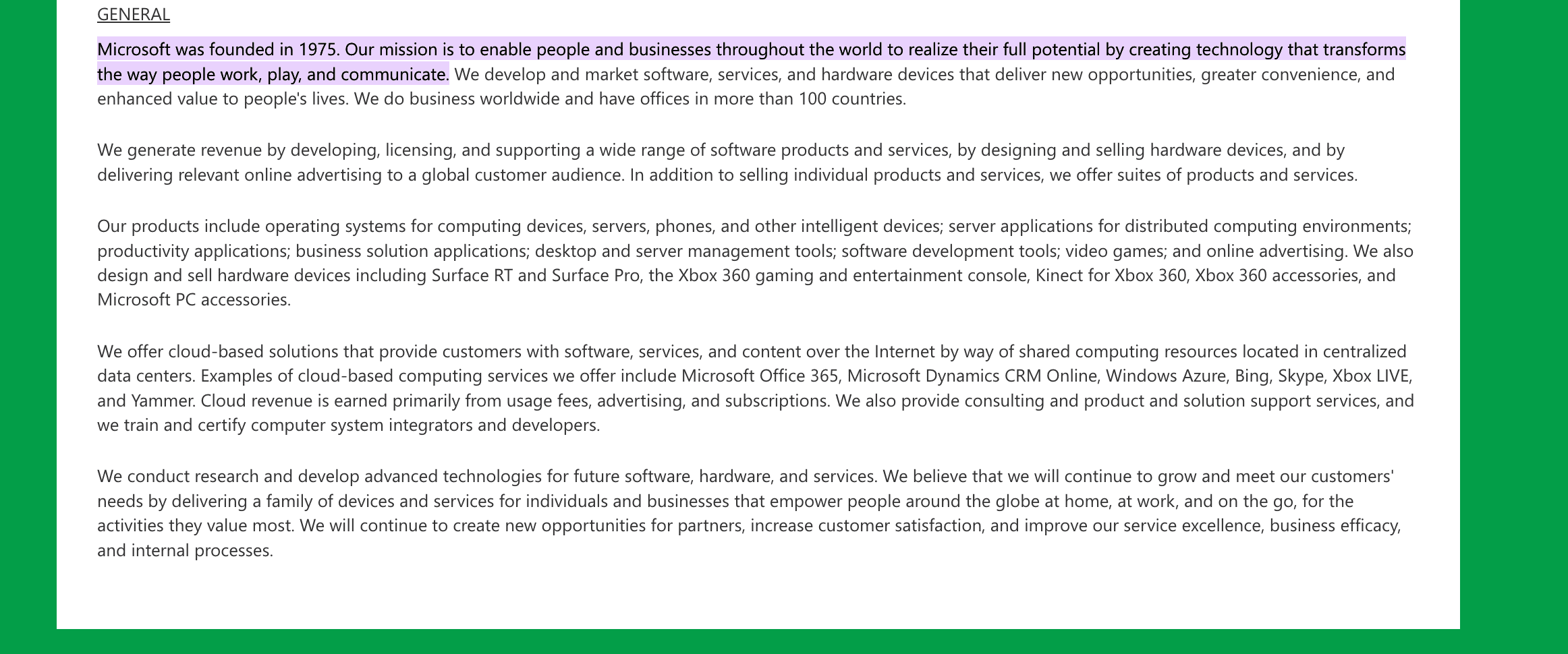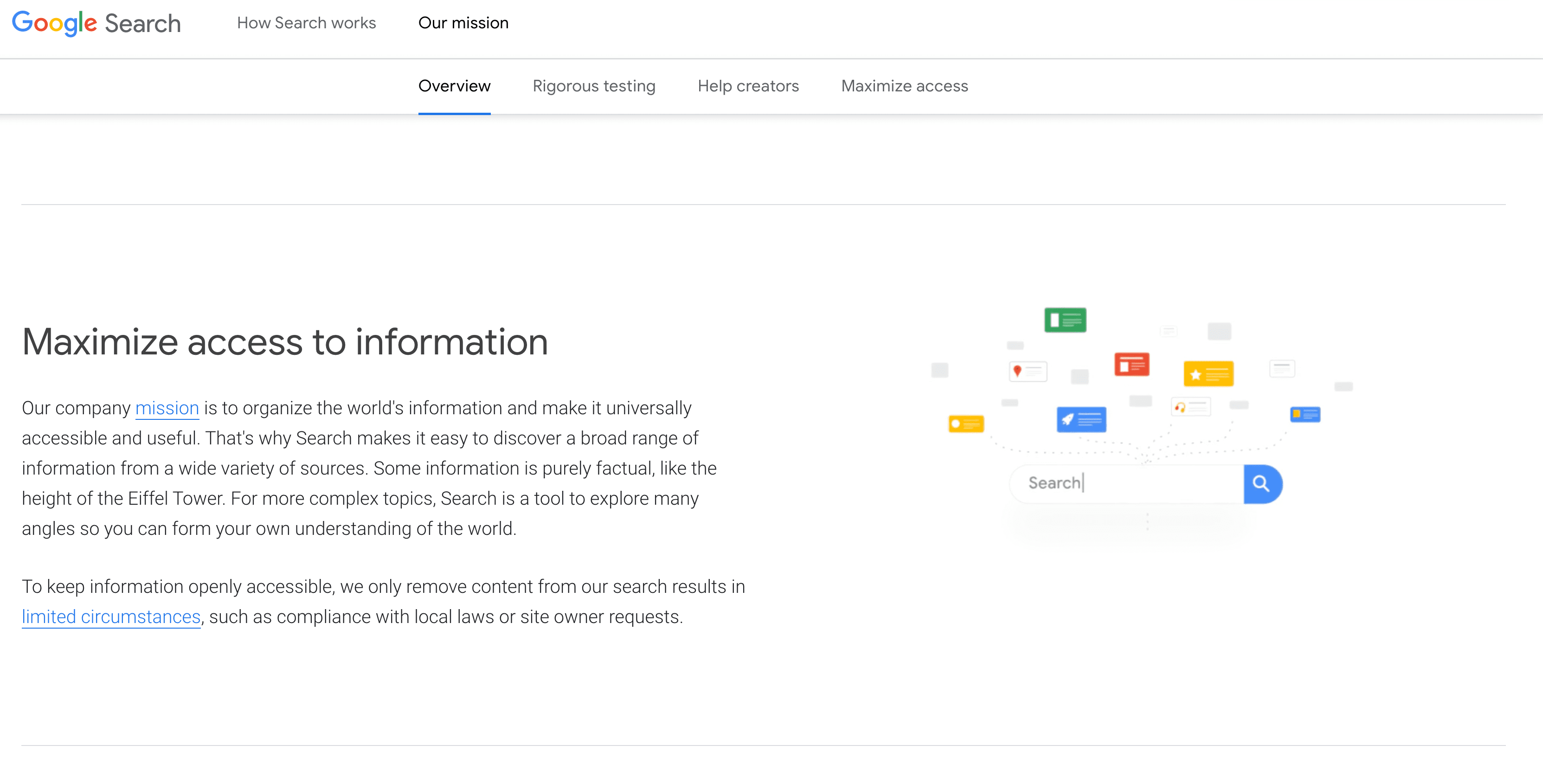Writing a mission statement is a fundamental step for any business. A good mission statement effectively communicates to customers, investors, employees, and other businesses who you are, what you do, and why you do it. In this guide, we describe what a mission statement is, provide some mission statement examples to inspire you, and walk you through how to create a mission statement for your own business.
What is a Mission Statement?
A mission statement is a clear, succinct explanation of the purpose of a business. You already know exactly what your business does and why, but your mission statement needs to summarize all of that information into a single sentence or short paragraph.
Unless your company changes drastically, a business mission and mission statement usually don’t change too much over time.
What are the 3 Purposes of a Mission Statement?
A mission statement explains a business’s objectives, and in doing so, fulfills the following 3 specific purposes:
1. Communicate Business Values
The main purpose of a mission statement is to clearly express what your business is all about, including your company values. A unique, memorable mission statement can provide you with a competitive advantage by differentiating you from the competition.
2. Connect with Customers and Team Members
A good mission statement fosters genuine connection with potential customers and employees, which in turn can lead to growth in reputation, brand loyalty, and overall profitability.
3. Guide Business Decisions
Being a business owner means having to make all kinds of decisions constantly, both big and small. Your mission statement should act as a guide you can refer back to for all manner of business decisions, as well as a means of evaluating how your company performance is measuring up to the goals you set.
Mission Statement Examples
To give you a better idea of exactly what mission statements involve, here are some mission statement examples from leading companies:
1. Starbucks
To inspire and nurture the human spirit – one person, one cup and one neighbourhood at a time.
Why it works: Starbucks is more than a utilitarian coffee shop where you go to get your caffeine fix and leave. They “inspire and nurture the human spirit” by inviting customers to linger and relax in coffee shops outfitted with art and inspiring images and stories about their coffee growers – their “partners”. To create a sense of community and provide a personal touch they ask for customers’ names, making customers feel welcome “one person, one cup and one neighborhood at a time.” We get a strong sense of Starbucks’ “why” from this mission statement.
2. Nike
To bring inspiration and innovation to every athlete* in the world. *If you have a body, you are an athlete.
Why it works: Nike provides an excellent example of how you can employ your brand’s tone of voice effectively even in something as brief as a mission statement. Here, their famous commitment to being innovators in the sports apparel space is clear. This mission statement communicates that one of their core “whys” is to inspire. The best part, though, is the cheeky and unexpected asterisk accompanied by the inclusive declaration that “if you have a body, you are an athlete.” This perfectly communicates that Nike is committed to empowering all people, regardless of body type or athletic ability, in an unexpected mission statement structure that is both memorable and on-brand.
3. Westjet
To enrich the lives of everyone in WestJet’s world. We’re proud to have won awards that show us you think we do.
Why it works: This is a great example of a mission statement that reflects a commitment to both customers and employees. By stating that its mission is to “enrich the lives of everyone in Westjet’s world,” Westjet conveys its commitment to provide a satisfying work environment for employees, as well as a rewarding travel experience for customers. By using the word “world” instead of, say, community, it invokes the idea of travel and exploration, reminding us that “Westjet’s world” spans the globe. The second line offers proof their mission statement isn’t just empty words. Not only has the company won awards, they indicate gratitude to the reader for helping them with that achievement.
4. Slack
To make work life simpler, more pleasant and more productive.
Why it works: Slack’s “why” is all about keeping things uncomplicated, and achieving more with ease. This mission statement shows that brevity can be very effective. It’s short even by mission statement standards, but it reflects the experience that Slack wants its users to have on the platform: simple, pleasant, and productive. The choice of the term “work life” instead of just “life reminds us that work is a major part of life, so we should aim to make it less stressful and complicated, something Slack achieves with their product. Finally, their stated aim to make work life “more pleasant”, evokes their generally positive outlook about work and their mission to make it even better.
5. Tesla
To accelerate the world’s transition to sustainable energy.
Why it works: Tesla is a car manufacturer known for its pioneering electric vehicles. Tesla is certainly a car manufacturer with a mission, and even people who don’t know much about cars can associate the name with electric vehicles. Their mission statement reflects a commitment to reducing the world’s reliance on fossil fuels by speeding up a transition that is already underway. Notice that they don’t even mention cars in their mission statement, but rather allude to driving with the word “accelerate”. It’s great copy that is subtle and clearly demonstrates their vehicles are a means to a greener world.
6. IKEA
To create a better everyday life for the many people
Why it works: Ikea’s products have changed the way people furnish their homes by offering sleek, innovative solutions for every room at an affordable price. Their mission statement indicates their broad range of products with the phrase “better everyday life”. And “the many people” conveys their mission to serve as many people in the world as possible. The slightly awkward use of “the” in “for the many people” cheekily invokes their Swedish origins and their often idiosyncratic ads, typically delivered in a Swedish accent. This mission statement is uncomplicated, just like their products.
7. Sony
To be a company that inspires and fulfills your curiosity.
Why it works: Since Sony makes such a wide range of electronics and technologies, from cameras and gaming consoles to robotics and AI, they keep it simple by focusing on one thread that runs through their enterprise: curiosity. Whether it’s curiosity about the world, art, music, technology, or entertainment, Sony conveys that their products will not only inspire their customers’ curiosity but also provide the means to fulfill it through innovative products, themselves the result of curiosity and ingenuity.
8. Microsoft
To enable people and businesses throughout the world to realize their full potential
Why it works: Microsoft’s mission statement is clear, simple, and to the point: their products are made for people and businesses, and by using Microsoft’s suite of products, individual and corporate customers can reach their full potential.
9. Google
To organize the world’s information and make it universally accessible and useful.
Why it works: Google’s concise statement reveals an enormous mission: to catalogue all of the world’s information so that it can be accessed by anyone, anytime. This statement indicates Google’s commitment to democratizing access to information in an organized and easy-to-use manner.
10. Ben and Jerry’s
To create fantastic ice cream (for its own sake).
Why it works: Ben and Jerry’s is known for its delicious, ever-expanding variety of ice cream flavours. Its mission statement explains what they do in simple terms: make fantastic ice cream. This clearly indicates their commitment to a delicious, high-quality product. The unique use of parentheses to explain why they do this—”for its own sake”—keeps the tone light and fun, and cheekily affirms that ice cream, itself, is inherently reason enough (as if to say, who doesn’t like ice cream?)
11. sweetgreen
“Building healthier communities by connecting people to real food.”
This mission statement concisely informs the audience of the type of products they provide, while tying into sweetgreen’s broader commitments to animal welfare and becoming carbon neutral.
12. TED
“Discover and spread ideas that spark conversation, deepen understanding, and drive meaningful change.”
TED’s mission statement effectively communicates their core idea: that sharing ideas can change the world for the better. It’s a lofty goal, but it seems more achievable because of the way they break it down.
13. Disney
“The mission of The Walt Disney Company is to entertain, inform and inspire people around the globe through the power of unparalleled storytelling, reflecting the iconic brands, creative minds and innovative technologies that make ours the world’s premier entertainment company.”
In their mission statement, Disney makes a point of first emphasizing the power of storytelling before moving on to graciously acknowledge and bring attention to the brands, employees, and technology that sets them apart from the competition.
14. Meta
“Giving people the power to build community and bring the world closer together.”
Meta makes it clear right off the bat that they are all about empowering their customers, giving them the ability to connect with consistent innovation and development.
15. Penguin Random House
“To ignite a universal passion for reading by creating books for everyone. We believe that books, and the stories and ideas they hold, have the unique capacity to connect us, change us, and carry us toward a better future for generations to come.”
With their initial statement, Penguin Random House emphasizes that they serve everyone. They go on to explain how they believe that books can connect and change present and future generations. These values can be seen in their focus on equity, inclusion, and amplifying diverse voices.
16. Amazon
“Amazon is guided by four principles: customer obsession rather than competitor focus, passion for invention, commitment to operational excellence, and long-term thinking. Amazon strives to be Earth’s most customer-centric company, Earth’s best employer, and Earth’s safest place to work. Customer reviews, 1-Click shopping, personalized recommendations, Prime, Fulfillment by Amazon, AWS, Kindle Direct Publishing, Kindle, Career Choice, Fire tablets, Fire TV, Amazon Echo, Alexa, Amazon Studios, and The Climate Pledge are some of the things pioneered by Amazon.”
Amazon opts for a lengthier mission statement that lists their business principles before expressing their desire to be not only the most customer-centric company, but also the best employer and safest place to work. They then list a number of innovations which may be recognizable to consumers, emphasizing their impressive market share.
17. YouTube
“Our mission is to give everyone a voice and show them the world.
We believe that everyone deserves to have a voice, and that the world is a better place when we listen, share and build community through our stories.”
YouTube keeps their mission statement relatively simple, focusing on giving everyone a voice while providing access to all of the other voices around the world. They take it a step further by expressing the belief that sharing our stories and listening to others makes the world a better place.
18. Etsy
“Keep Commerce Human
Etsy is the global marketplace for unique and creative goods. It’s home to a universe of special, extraordinary items, from unique handcrafted pieces to vintage treasures.
In a time of increasing automation, it’s our mission to keep human connection at the heart of commerce. That’s why we built a place where creativity lives and thrives because it’s powered by people. We help our community of sellers turn their ideas into successful businesses. Our platform connects them with millions of buyers looking for an alternative – something special with a human touch, for those moments in life that deserve imagination.
As a company, we strive to lead with our guiding principles and to help spread ideas of sustainability and responsibility whose impact can reach far beyond our own business.”
Etsy’s statement is unique since they choose to summarize their mission in three words, before going into detail about what their business offers the consumer and how they support their sellers, all while emphasizing the human touch.
19. PayPal
“We are revolutionizing commerce globally. With this mission as our North Star, we are aligned around one central vision: to make sending and receiving money, selling, and shopping simple, personalized, and secure. Our beliefs are the foundation for how we conduct business every day.”
This statement immediately expresses PayPal’s mission to revolutionize commerce around the world, going on to provide further context by mentioning what services they offer, emphasizing keeping the experience simple and safe, and stating that these values guide their everyday operations.
23. Alzheimer’s Association
“The Alzheimer’s Association leads the way to end Alzheimer’s and all other dementia — by accelerating global research, driving risk reduction and early detection, and maximizing quality care and support.”
The Alzheimer’s Association’s mission statement speaks to their future goal of eradicating Alzheimer’s and dementia, while succinctly stating the methods they use at present to achieve these goals.
Why are Mission Statements Important?
A great mission statement can be a valuable tool to keep your business on track, especially when setting goals or making big decisions, ensuring your efforts remain aligned with what you want your business to accomplish. The ability to maintain a clear vision for your business approach is a trait that distinguishes the most successful businesses. This principle applies regardless of your business structure; whether you run a sole proprietorship or an incorporated business, a strong mission statement provides a crucial compass.
In addition to helping guide business decisions, a mission statement can also serve to provide guidance and a sense of identity to employees.
Not Just for Internal Use
Potential customers, employees, or investors may look at your mission statement when determining whether to work with you. A well-written mission statement can make all the difference.
What to Include in Your Mission Statement
Your mission statement should be unique to your business, and what you include will depend on your particular focus and values. Typically, a mission statement includes a basic description of the company, its purpose, its goals, and can also cover how the business serves customers, employees, the community, and the world.
That said, here are the 3 main things you should include in a mission statement:
1. What your Business Does
Anyone reading your mission statement should be able to tell what type of business you do.
2. How your Business Achieves its Goals
Make sure to address what you’re doing differently and why people should choose your business over your competitor.
3. Why you Do What you Do
Give people something to root for by talking about your larger purpose and why it matters.
How to Write a Mission Statement
Here’s a step-by-step process to help you create a mission statement:
- Write some bullet points about what your business does, the product or service you offer, and your target audience.
- List some of your core values, including what motivated you to start this business, and what principles guide your decision making.
- Bring the two together by defining how your offering aligns with the values you’ve identified.
- Finally, take what you’ve written and condense it into a straight-to-the-point mission statement.
Keep it Concise
Part of the challenge of mission statement writing is figuring out how to say everything you want while keeping it brief. Remember, you can include additional information elsewhere: many leading companies have sections on their websites that go into further detail than the initial mission statement.
Mission Statement vs Vision Statement
A mission statement differs from a vision statement, although some companies may lump them together. While a mission statement focuses on the company’s fundamental purpose, a vision statement typically outlines where the company plans to be in the future and can provide more details on its strategy to get there.
If you’re looking to craft a vision statement, the Vision Statement module of Ownr’s free business plan generator, Blueprint contains examples to kickstart your imagination and help you build a compelling vision statement for your business.
Here are some vision statement examples to help you tell the difference:
Vision Statement Examples
1. LinkedIn
“Create economic opportunity for every member of the global workforce.”
2. Alzheimer’s Association
“A world without Alzheimer’s and all other dementia®”
3. American Express
“Provide the world’s best customer experience every day.”
Mission Statement vs Purpose Statement
Some organizations write purpose statements in addition to mission statements. A purpose statement focuses on why a business came into existence in the first place. This may include mentioning a problem the business seeks to solve or a unique opportunity the business is leveraging. It can also be a bit longer and provide a brief summary of how the business came to be.
How to Avoid the Pitfalls of Mission Statements
According to some experts, many companies have mission statements that are too vague, unrealistic, or contain too much business jargon.
Here are some tips on how to avoid these common pitfalls:
Be Accurate
Don’t include words just because they sound good. You may end up with a mission statement that sounds catchy, but serves no use as a guide for your company.
Be Realistic
It’s good to be ambitious, but your mission statement should be realistic. If the mission statement sets a purpose and goals that are clearly unobtainable, it won’t be taken seriously.
Be Unique
Avoid writing a mission statement that’s generic or vague. One useful trick is to ask yourself if one of your competitors could use the exact same mission statement. This will help you focus on being more specific about your unique purpose, goals, and values.
Now you know what it takes to craft an effective mission statement. Put these tips into practice and you’ll have a clear and concise statement that keeps your company on track.
This article offers general information only, is current as of the date of publication, and is not intended as legal, financial or other professional advice. A professional advisor should be consulted regarding your specific situation. While the information presented is believed to be factual and current, its accuracy is not guaranteed and it should not be regarded as a complete analysis of the subjects discussed. All expressions of opinion reflect the judgment of the author(s) as of the date of publication and are subject to change. No endorsement of any third parties or their advice, opinions, information, products or services is expressly given or implied by RBC Ventures Inc. or its affiliates.

